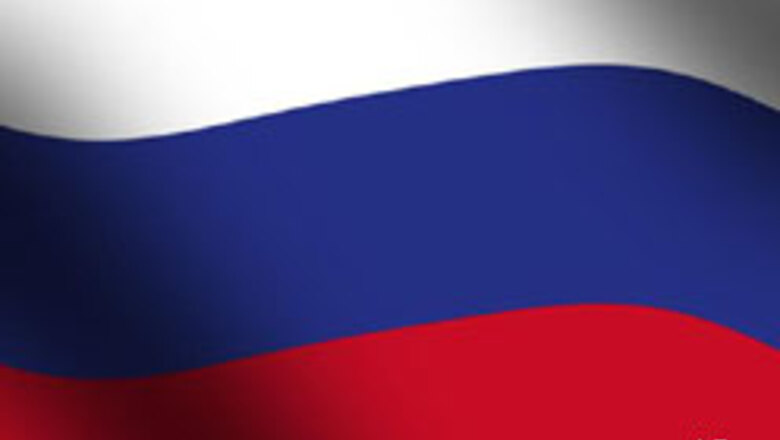
views
Moscow: A total of 13 billion euros will be spent on building the world's first International Thermonuclear Experimental Reactor (ITER) with help from several countries including India.
The "small Sun", as the reactor is referred to, will be sited at Cadarache near Marseilles in France. Russia will finance part of the project and contribute its technologies and know-how.
Russia, South Korea, China, Japan, India, the European Union and the US signed an agreement in November to set up the reactor.
Unlike conventional nuclear power plant reactors utilising the nuclear radioactive decay principle, that is, fission of heavy elements, the ITER unit generates power through thermonuclear fusion, particularly when two light atomic nuclei fuse together to form heavier ones.
Scientists want to imitate physical processes inside the Sun and to use them for building commercial power units.
Chemically inert helium is created through the fusion of hydrogen isotopes -deuterium and tritium - inside the Sun.
This unique process generates hundreds of times more energy than uranium-powered nuclear reactors.
The earth has a virtually unlimited amount of fuel for future thermonuclear reactors. Both deuterium and tritium can be obtained from water.
This process is much simpler, safer and cheaper than the conventional nuclear fuel cycle.
Moreover, "clean" thermonuclear reactors will not damage the environment even in case of major accidents and can therefore be built in densely populated areas.
The principles of thermonuclear fusion were formulated over 50 years ago.
However, scientists faced enormous problems as they tried to ignite and control thermonuclear plasma.
Lev Artsimovich, member of the Russian Academy of Sciences, said thermonuclear fusion had become the most formidable science and engineering challenge of the 20th century.
However, at that time scientists failed to build a thermonuclear reactor, and interest in this problem gradually began to wane after a period of unsuccessful attempts.
In the last decade, works on this problem have resumed all over the world and international cooperation in this sphere has grown stronger because it is very important to harness controlled thermonuclear fusion.
Work on the first experimental TOKAMAK (Toroidal Chamber in Magnetic Coils) reactor began in 1988 on the erstwhile Soviet Union's initiative.
The reactor's basic principle of operation is as follows.
- A powerful electric current flows through toroidal-chamber plasma, and its magnetic field merges with that of the toroidal solenoid to create the required magnetic field needed to maintain a well-balanced and insulated plasma configuration.
- The Soviet Union and later Russia, the US, the EU and Japan established an agency that promptly designed the TOKAMAK reactor.
- This project largely owed its success to Russian research involving pre-nuclear TOKAMAK reactors, which studied related problems and were used to test different engineering solutions, namely, large-scale superconducting magnetic systems and powerful high-frequency units for creating and maintaining stable reactor plasma.
- Russia's Federal Nuclear Power Agency (Rosatom) is proud to say that Russian scientists were the first to develop TOKAMAK systems for the ITER project.
- The Cadarache reactor is expected to prove that thermonuclear power plants are feasible.
If successful, it will serve as a basis for more powerful and advanced units for completely solving mankind's energy problems. However, this goal cannot be achieved overnight.




















Comments
0 comment